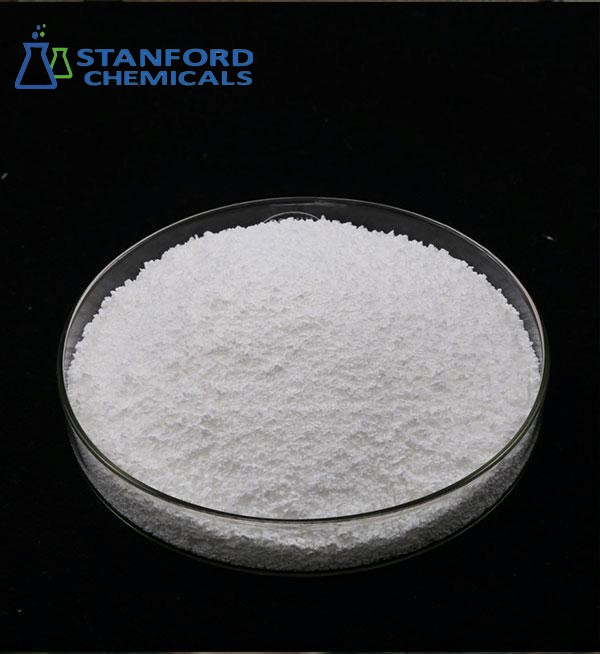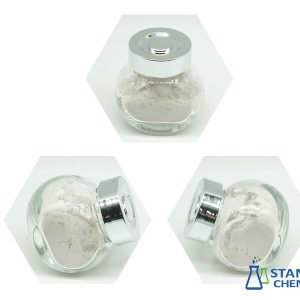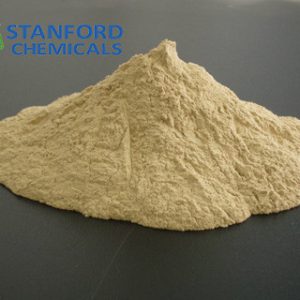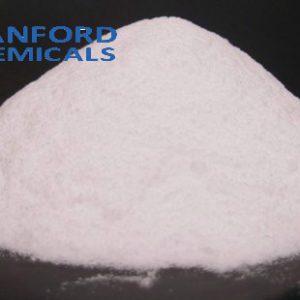- Home
- Foods and Nutraceuticals
- 030-000-468 Uridine 5′-monophosphate disodium salt (UMP)
030-000-468 Uridine 5′-monophosphate disodium salt (UMP)
| Type | Coenzyme |
| CAS No. | 3387-36-8 |
| Chemical Formula | C9H11N2O9PNa2 |
| Molecular weight | 368.15 |
| Appearance | white crystalline powder |
| Assay | 99% |
| Related products | Polycytidylic Acid
Pyridoxal 5′-phosphate Hydrate (PLP) |
- Description
Description
Uridine 5′-monophosphate disodium salt Introduction
Uridine 5′-monophosphate disodium salt is a kind of white crystalline powder with a chemical formula of C9H11N2O9PNa2. It can be used as an important intermediate for the production of nucleic acid drugs, health food, and biochemical reagents. It is also used in the manufacture of uridine diphosphate glucose, uridine triphosphate, polyadenylic acid, and other drugs, which play an important role in the treatment of many major diseases.
Uridine 5′-monophosphate disodium salt Specification
| CAS No. | 3387-36-8 |
| Chemical Formula | C9H11N2O9PNa2 |
| Molecular weight | 368.15 |
| Appearance | white crystalline powder |
| Melting Point | 208-210℃ |
| Storage condition | 2-8℃ |
| Packing | 25kg/drum |
| Grade | Animal feed additives
Infant milk powder additives |
Uridine 5′-monophosphate disodium salt Applications
- In Infant milk:
Used in Infant milk powder food additives to produce milk close to human milk, which can enhance the baby’s resistance to bacterial diseases.
- In Animal feed:
(1) Nucleotides are used as new feed additives.
Studies have shown that it can promote growth in the early stages of aquatic development, by incubating good breeds, strengthening the quality of juvenile fish, changing the structure of the intestine, increasing stress tolerance, and regulating innate and acquired immune responses. It also enhances resistance to viruses, bacteria, and parasitic infections.
(2) The role of livestock and poultry breeding.
Appropriate addition of nucleotides has an important effect on maintaining the normal function of the animal’s immune system, promoting the development of the gastrointestinal tract, improving liver function and lipid metabolism. Adding nucleotides to pig or poultry feed can achieve the purpose of promoting growth, improving feed utilization, enhancing disease resistance, and improving meat quality.
(3) Nucleotides have great potential for use as plant growth stimulants.
Studies have shown that nucleotides can improve the transformation ability of seed content, the emergence rate, and the quality of seedlings, promote the production of plant roots, and can deepen leaf color and increase chlorophyll content, and have the effect of increasing yield and early maturity for a variety of crops.
(4) The meat quality of animals fed with this product is comparable to that of wild animals. No drug residues, no antibiotics.







